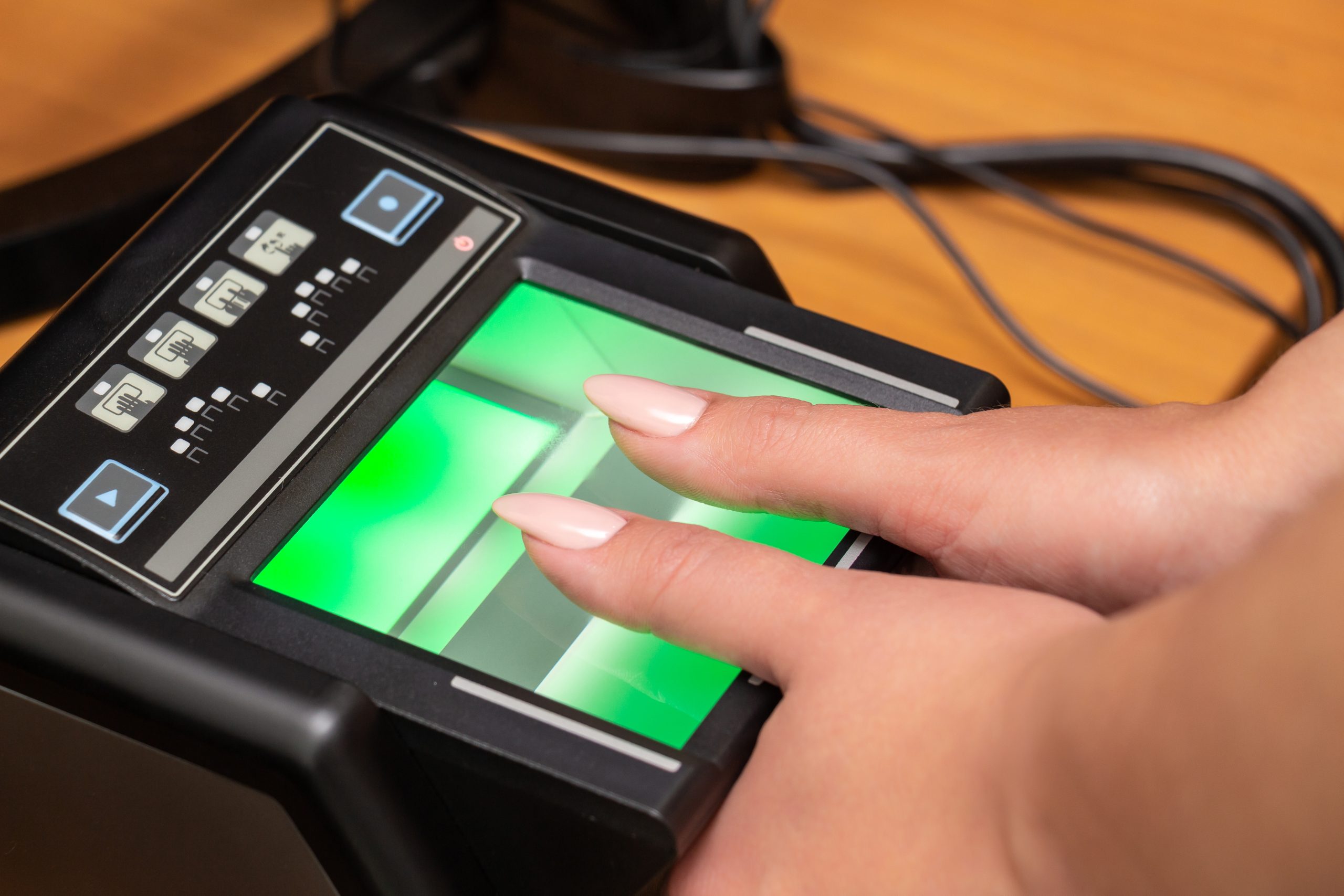
Providing fingerprints and a photo forms part of applying for a Schengen Visa. The Schengen States that pertain to the Visa Information System collect and share biometric data of applicants and visa holders.
What Is VIS?
The Schengen Area Visa Information System is an IT-system that facilitates the gathering and sharing of information about visa applicants and visa holders among the 26 Schengen States.
The Schengen Area countries set up VIS to speed up the application process and curb visa shopping and other abuses of the application process. National data IT-systems link into the VIS central system with external Schengen border crossing points and consulates in non-EU states also connecting into VIS.
Biometric data, including ten fingerprints and a photograph, as well as the information provided on the application, feed into the Visa Information System where it remains for 59 months (five years).
Since 2011, VIS states can share the information and store it for up to five years. The following states operate the VIS:
Austria, Belgium, Czech Republic, Denmark, Estonia, Finland, France, Germany, Greece, Hungary, Italy, Iceland, Latvia, Lichtenstein, Lithuania, Luxembourg, Malta, the Netherlands, Norway, Poland, Portugal, Slovakia, Slovenia, Spain, Sweden, and Switzerland.
What Is Biometric Enrolment?
Alongside the details you provide on your Schengen Visa application form, the consular staff will collect your ten fingerprints and facial information via a passport-style photograph.
Providing biometric data is mandatory. If you haven’t already submitted it, you will need to attend the consular representation of the Schengen country you plan on visiting. There, the staff will digitally take your fingerprints and a photo of your face.
Children under 12, people unable to provide fingerprints or members of a government delegation who have received an official invitation from one or more Schengen governments do not require to provide biometric data. Even if you’ve already supplied it within the last five years, you may still need to provide fresh fingerprints and photo.
Biometric Data Collection
When you appear for your interview, consular staff will use digital equipment to scan your fingerprints and take a photograph.
A digital scanner will record an image of your eight fingers and two thumbs. If you have cuts on your fingertips or are temporarily unable to provide fingerprints, wait until such time that you do before attending the consulate.
The requirements for the biometric photo are similar to those applying to passport photos. Make sure your face is fully visible. Avoid hair or glasses covering any part of your face or eyes. Only prescription glasses that do not obstruct your eyes or face are admissible.
Biometric enrolment only takes a few minutes. Children between 12 and 18 require the consent of a parent or guardian.
What Happens to Your Biometric Data?
Regardless of whether your Schengen Visa application is successful or not, your data will remain in VIS for five years. There, all VIS member states can access it, and so can the consular representations in non-Schengen countries.
You can only request the deletion of your biometric data if it is inaccurate or if the collection thereof was unlawful.
Is Biometric Enrolment Mandatory When Applying for a Schengen Visa?
Unless you are part of the above-mentioned exempt groups, you have to provide your fingerprints and photo and allow for the storing and sharing of your biometric data. Since 2011, this is an integral part of the Schengen Visa application process.